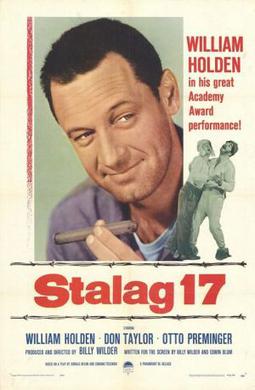 |
| Linda Darnell and George Sanders in Forever Amber |
Once a famous "dirty book," Kathleen Winsor's Forever Amber wouldn't raise eyebrows or blood pressures in the average book club of today, but it was one of Hollywood's hottest properties in the 1940s. The bidding war was won by 20th Century Fox, which followed the example of Gone With the Wind by announcing a search for the actress who would play the glamorously wicked Amber St. Clair. Though the part originally went to Peggy Cummins, producer Darryl F. Zanuck finally decided that she looked too young to play the mature Amber, and when she was sidelined by illness just as filming began, she was replaced by Linda Darnell. John Stahl, the original director, left the film at the same time, and Otto Preminger stepped in. He disliked the book and asked for a script rewrite, but Preminger also delighted in trying to get things past the censors, who were all over the project. The result is a middling costume drama with too much material from the book to fit comfortably in its two-hour run time. Amber is an ambitious lass raised in a Puritan household who, when Charles II is restored to the throne, latches on to a handsome Cavalier, Bruce Carlton (Cornel Wilde), and heads for London. When Carlton is commissioned as a privateer by the king (George Sanders) and sets sail, Amber, who is pregnant with Carlton's child, is left with a little money that gets swindled away from her and lands in Newgate, the debtors' prison. She gives birth, escapes from prison, makes a living by thievery, goes on stage, attracts the eye of the king, marries an elderly earl, nurses a returned Carlton through the plague, inherits the earl's fortune when he dies during the Great Fire, and becomes the king's mistress. All of this immoral behavior should mean, under the Production Code, that she gets punished accordingly, but somehow the movie manages to finesse that with only a little emotional stress at the end. Forever Amber got condemned by the Catholic church banned in a few places, but it was evidently bowdlerized enough to survive and make money. The truth is, it's a little dull. It comes to life occasionally when Sanders is on screen being royally wicked, but Darnell, with a blonde dye job and wig, never gets a chance to do more than be cautiously wicked and suffer prettily. The Technicolor is also rather dark and muddy, although that may be the result of an aging print.
























